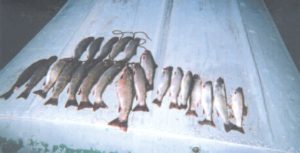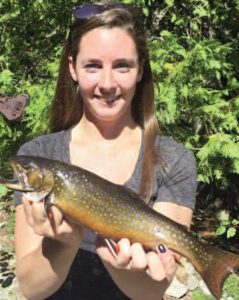SOLON & BEYOND, Week of April 20, 2017
 by Marilyn Rogers-Bull & Percy
by Marilyn Rogers-Bull & Percy
grams29@tds.net
Solon, Maine 04979
Good morning, dear friends. Don’t worry, be happy!
How are our pollinators? Pollinators: birds, bees and butterflies. How are our pollinators doing in Maine and how can we attract them? It’s time to think about gardens and our garden’s best friends: Pollinators. Bees, birds and butterflies are essential pollinators for our gardens. We have all heard that some bees and butterflies are declining across the globe but what about Maine’s pollinators? Dr. Frank Drummond will share his expertise on the state of health of our pollinators. Warren Balgooyen will give us advice on what to plant to attract pollinators.
Somerset Woods Trustees 2017 Talks and Walks invite you to come and enjoy their expert speakers, Frank Drummond, School of Biology and Ecology & Cooperative Extension University of Maine, and Warren Balgooyen, naturalist, on Sunday, April 23, at 1 p.m., at the Renaissance Center, 60 Water Street, Skowhegan. Refreshments will be served. SWT’s Talks and Walks Series are always free to the public. If there are questions you may write Nancy at somersetwoodstrustees@gmail.com. (Thanks so much for this valuable information. )
The following e-mail, “Happyknits A Yarn Store” is an invitation to celebrate Earth Day at Happyknits! Food shopping isn’t at the top of our fun list. But wouldn’t a brightly colored knit cotton market bag help just a little bit to make your next trip to the grocery store more exciting? They have some kits available to make a bag you’ll be proud to take to the market. The kits include two balls of Kid Cotton yarn plus an easy-to-follow pattern using two strands of yarn to make your bag strong and stretchy. You’ll need two 16-inch circular needles (a #8 & #9), plus a set of #9 double points. If the color combinations in the kits are too wonky for your taste, feel free to build your own custom kit from their baskets.
To top it all off, Karla will be holding a Market Bag Knit-Along to celebrate Earth Day on Saturday, April 22, from 9 a.m. to 3 p.m. There’s no cost for the Knit-Along and no need to pre-register. Just drop in for some fun! Sarah, Karla, Julie and Mary Lou. (knitting is one of my most loved and relaxing hobbies, sounds like lots of fun, thanks for the e-mail.)
It sometimes seems that all there is in daily papers now-a-days is bad and scary news. I would like to write about a wonderful blessing and miracle that took place in my life last week. For a few months, I haven’t been able to see much of anything out of my left eye. It continued to get worse so I finally got an appointment with my eye doctor. Had cataract surgery two years ago and my doctor made an appointment with one who did that surgery for last Wednesday. After many tests were taken the doctor looked at my troubled eye through a machine and very suddenly I had perfect vision in that eye again! What wonderful things have been accomplished in our modern world along with the bad!
Lief and I had two wonderful Easter meals and visits last week. On Saturday we were invited to have an early Easter supper with his sister and brother in law, Nancy and Elwood Ellis, at their home in China. We enjoyed visiting with their family and friends and the huge ham meal with all the many trimmings. It is always a warm and friendly place to visit.
After church on Easter Sunday we had been invited to dinner at my daughter and son-in-law, Mary and Dave Walz’s home, in North Anson. Again, another bountiful delicious meal and good company. I really don’t know how Mary finds time to do as much as she does. Ben was home from Biddeford, don’t get to see him very often, my many thanks and love to all.
Usually try not to repeat Percy’s words in his memoirs, but don’t believe anyone will remember this one which I put in a bulletin when I was doing the bulletins at the Solon Congregational Church way back in 1992: Try to do to others as you would have them do to you, and do not be discouraged if they fail sometimes. It is much better that they should fail than that you should. (words by Charles Dickens.)


 REVIEW POTPOURRI
REVIEW POTPOURRI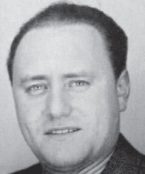
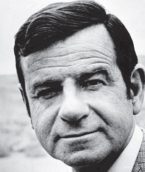

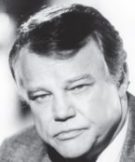
 by Katie Ouilette
by Katie Ouilette GARDEN WORKS
GARDEN WORKS INside the OUTside
INside the OUTside by Eric Austin
by Eric Austin Certain other applications will also transfer data between the Internet and your computer, like games being played online, programs downloading updates, or certain programs that have specific network functions such as FTP programs for updating websites, or P2P (Peer-to-Peer) file-sharing applications for downloading large files.
Certain other applications will also transfer data between the Internet and your computer, like games being played online, programs downloading updates, or certain programs that have specific network functions such as FTP programs for updating websites, or P2P (Peer-to-Peer) file-sharing applications for downloading large files.
 A VPN service accepts your network communications, and then sends them back out to the Internet using its own IP Address in place of yours. In this way, none of your activities can be linked back to your personal computer. Instead, they would link back no further than your VPN server, which millions of other people also use.
A VPN service accepts your network communications, and then sends them back out to the Internet using its own IP Address in place of yours. In this way, none of your activities can be linked back to your personal computer. Instead, they would link back no further than your VPN server, which millions of other people also use.

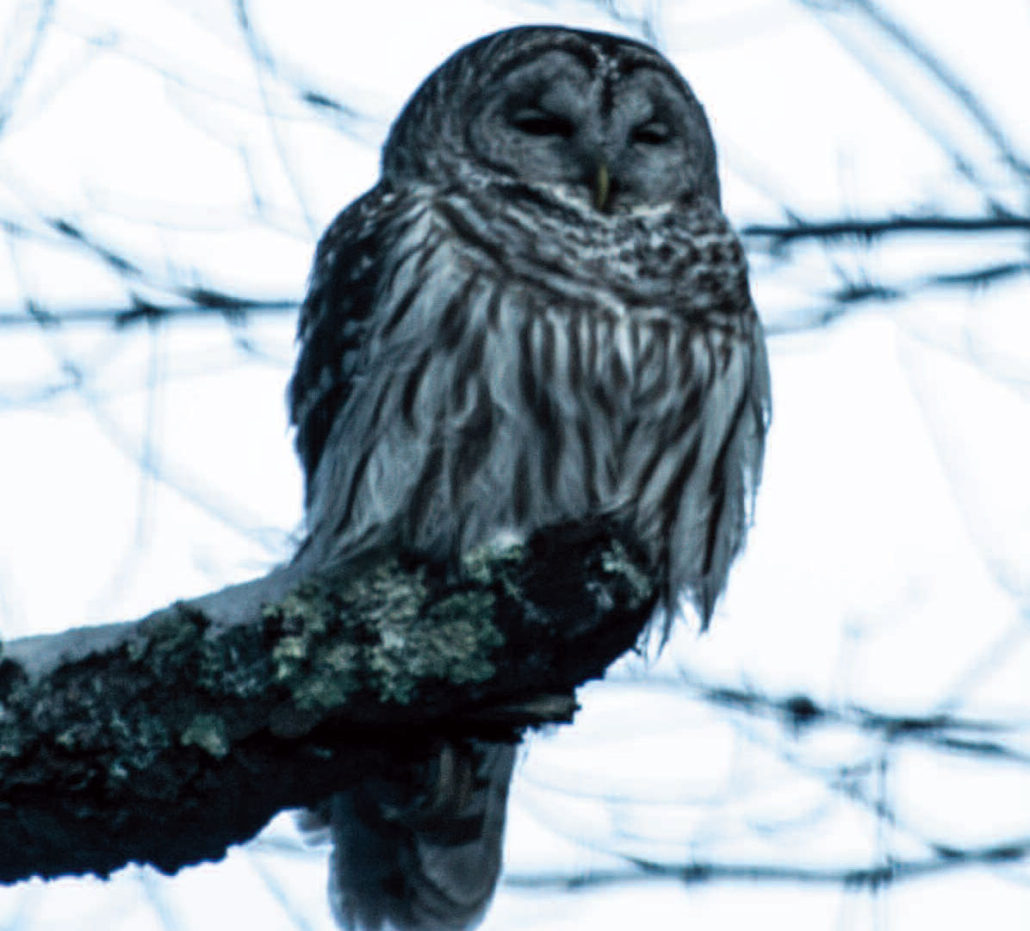
 SCORES & OUTDOORS
SCORES & OUTDOORS